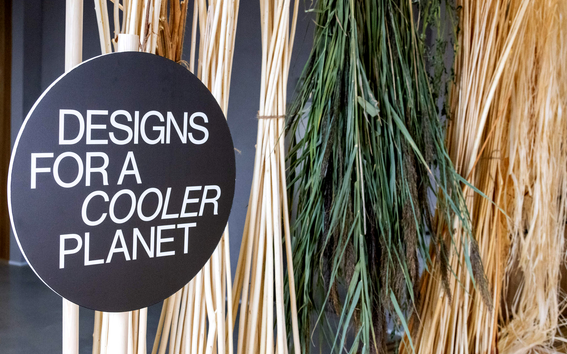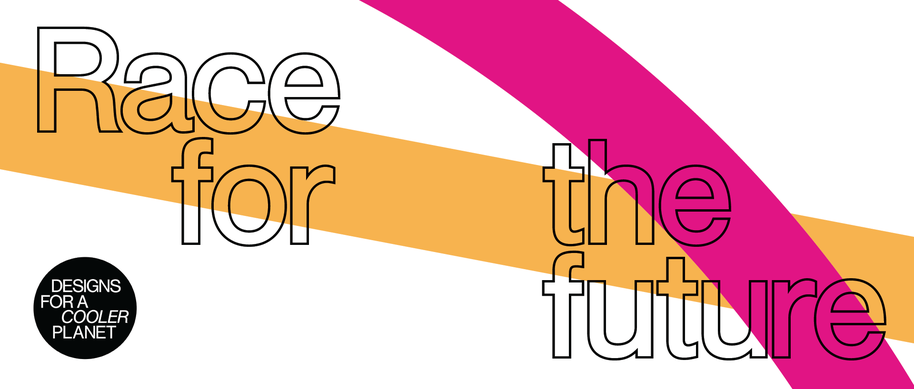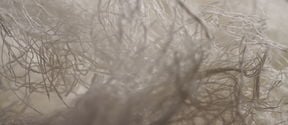Materialising the Future – CHEMARTS 10 years
Why recycle bio-based materials? Can bio-based materials replace plastics? Does it make sense to use trees as materials?

Each year during Helsinki Design Week in September, Aalto University showcases radical ideas and models contributing to a resource-wise future at the campus-wide event, Designs for a Cooler Planet. Researchers from the Department Bioproducts and Biosystems propose exhibitions, seminars, tours or other events related to each year's themes.
With a focus on multidisciplinarity and high technological and design expertise, featured projects aim toward better solutions for people and the environment to help reach the UN Sustainable Development Goals.
Many such projects receive international recognition and can lead to startups, spinoff companies, and attract new partnerships with agency and company stakeholders.


Why recycle bio-based materials? Can bio-based materials replace plastics? Does it make sense to use trees as materials?

Researchers in FinnCERES are finding new ways to use the building blocks of wood as replacements for fossil raw materials.

Putretti® is a new organic NPK-fertilizer produced from local material flows: compost and wood ash. It can be used for forest fertilization, in agriculture, soil improvement or landscaping.

Gathering an understanding of forests, trees and wood material and seeking answers to the forest dilemma through design process. Designer Saara Kantele exhibits her research on forests, design and sustainability at Designs for a Cooler Planet 2021.

Through design creativity we can solve many problems in the fashion industry. Based on different kinds of fashion design approaches, we can take account the extended use phase, different body size, redesigning with old clothes, using natural dyes and creating sustainable beauty. Through these different design strategies, we can transform fashion culture towards one which is in better balance with the environment.


Is it possible to use trees in electricity production? Surprisingly, yes, it is! Transparent cellulose films enable greater efficiency of solar cells through their haze effect.

If all the buildings constructed in Finland each year were made of wood, the amount of wood needed for their construction would grow back in ten hours.

From a bio-adhesive to reed panels and cellulose foam, a unique work created in collaboration with designers and biomaterial researchers shows what natural materials can do.

Nature’s brightest colours – like those found in peacock feathers or butterfly wings – are created through microscopically small nanostructures.

Sustainable costume design is still in its early days. Despite efforts to move to 'greener' processes, stage and film productions still make costumes in traditional ways with little regard for their impact on the environment or employees.

Hormones and other pharmaceuticals ending up in bodies from natural waters are a globally significant environmental problem.

'Designing materials on molecular level – what does it mean for researchers, designers - and for the globe?’


CHEMARTS Summer School 2019 explored novel material solutions and their innovative applications

How to produce new types of silk-like materials in the context of synthetic biology

In Finland, more than one-third of construction and demolition waste is wood.